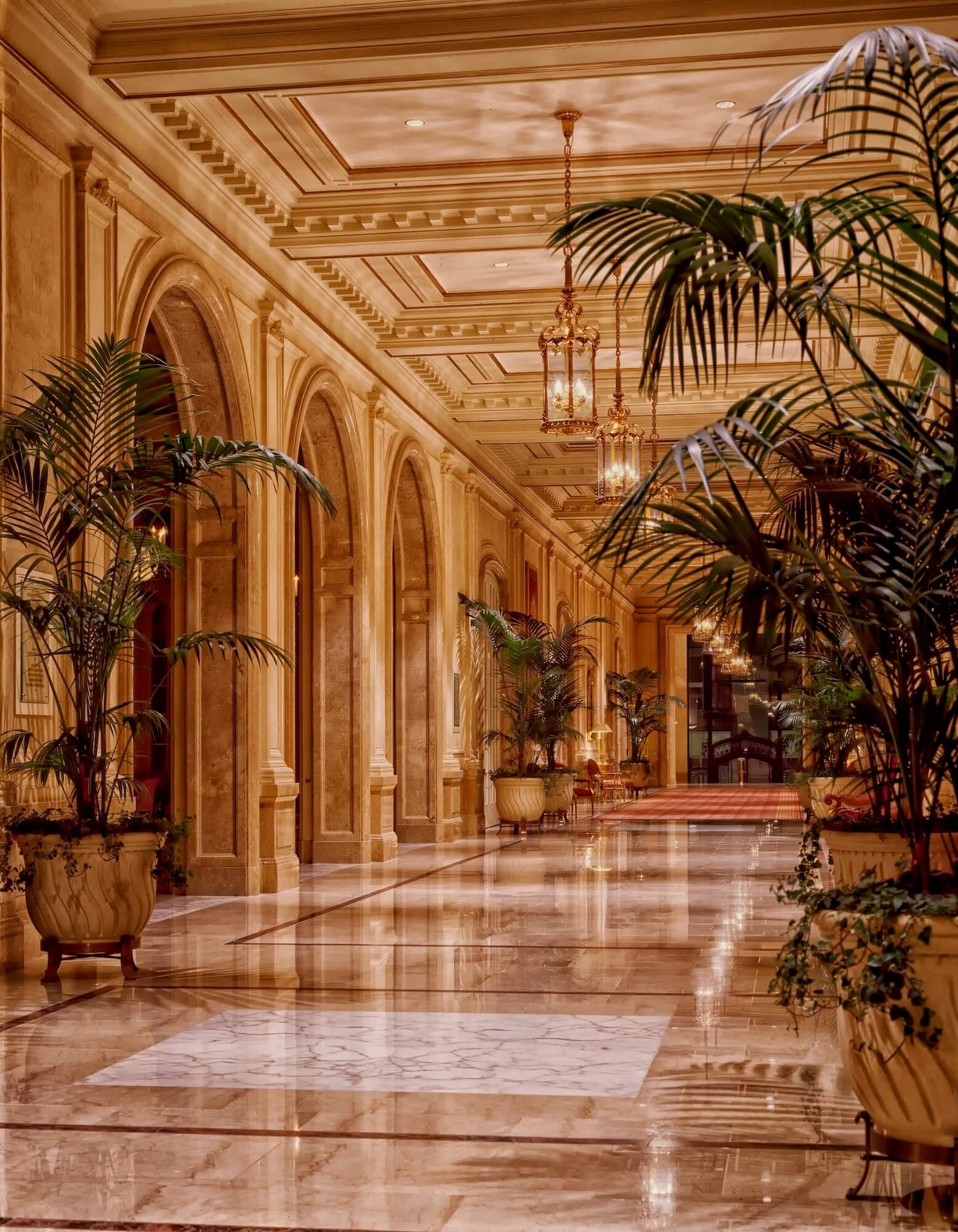Open-concept living has been a popular trend in architecture and design for years. It offers a seamless flow between different areas of a home, making it feel more spacious and inviting. However, the lack of walls can also make it difficult to create privacy or separate spaces for different activities. This is where glass partition walls come in as the perfect solution. In this article, we will explore the history of glass partitions in architecture and design, the advantages of glass partitions in open-concept living, the types of glass partitions available, and a cost comparison of glass partitions vs traditional walls.
Table of Contents
The History of Glass Partitions in Architecture and Design
Glass partitions have been used in architecture and design for centuries. In the early days, they were often made of stained glass and used in churches and other religious buildings. As technology advanced, glass became more widely available and affordable, and its use in architecture and design expanded. Glass partitions became a popular choice in commercial buildings, such as offices and hotels, as they offered a modern and sleek look while still providing separation and privacy.
In recent years, glass partitions have become increasingly popular in residential homes, especially in open-concept living spaces. They offer a way to create separation and privacy while still maintaining the open and airy feel of the space.
Advantages of Glass Partitions in Open-Concept Living
One of the main advantages of glass partitions in open-concept living is the ability to create separation while maintaining an open feel. Glass partitions allow natural light to flow through the space, making it feel brighter and more inviting. They also offer a way to create privacy without sacrificing the open and airy feel of the space.
Another advantage of glass partitions is their versatility. They can be used in a variety of ways to create different spaces and functions within an open-concept living space. For example, a glass partition can be used to create a home office or study area, a playroom for children, or a workout space.
Glass partitions also offer a sleek and modern look that can add value to a home. They come in a variety of styles and designs, from simple and minimalistic to more elaborate and decorative. This allows homeowners to choose a style that fits their taste and complements the overall design of their home.
Types of Glass Partitions
There are several types of glass partitions available, each with its advantages and disadvantages. The most common types include:
Framed Glass Partitions
Framed glass partitions consist of glass panels that are held in place by a metal frame. This type of partition is typically more affordable than frameless options and offers a more traditional look. However, the metal frame can be bulky and take away from the sleek look of the glass.
Frameless Glass Partitions
Frameless glass partitions consist of glass panels that are held in place by brackets or clamps. This type of partition offers a sleek and modern look, as there is no metal frame to interrupt the flow of the glass. However, frameless partitions are typically more expensive than framed options.
Sliding Glass Partitions
Sliding glass partitions consist of glass panels that slide along a track to open and close. This type of partition is ideal for spaces that require flexibility, as the panels can be moved to create different configurations. Sliding glass partitions are also a great option for spaces with limited floor space, as they don’t swing open like traditional doors.
Folding Glass Partitions
Folding glass partitions consist of glass panels that fold back on themselves to open and close. This type of partition is ideal for larger spaces that require flexibility, as the panels can be folded back to create a completely open space. Folding glass partitions are also a great option for spaces with limited floor space, as they don’t swing open like traditional doors.
Cost Comparison of Glass Partitions vs Traditional Walls
When it comes to cost, glass partitions can be more expensive than traditional walls, depending on the type of partition and the size of the space. However, they offer several advantages that make them worth the investment. Glass partitions allow natural light to flow through the space, making it feel brighter and more inviting. They also offer a way to create privacy without sacrificing the open and airy feel of the space.
Traditional walls, on the other hand, can be less expensive than glass partitions, but they can also make a space feel more enclosed and smaller. They also don’t allow natural light to flow through the space, which can make it feel darker and less inviting.
Conclusion: Why Glass Partitions are the Perfect Solution for Open Concept Living
In conclusion, glass partition walls are the perfect solution for open-concept living. They offer a way to create separation and privacy while still maintaining the open and airy feel of the space. They are versatile and can be used in a variety of ways to create different spaces and functions within an open-concept living space. Glass partitions also offer a sleek and modern look that can add value to a home. While they may be more expensive than traditional walls, they offer several advantages that make them worth the investment. If you’re considering adding glass partitions to your open-concept living space, consult with a professional to determine the best type of partition for your needs and budget.
The post Why Glass Partitions are the Perfect Solution for Open Concept Living appeared first on Enterprise Podcast Network – EPN.





Leave a Reply